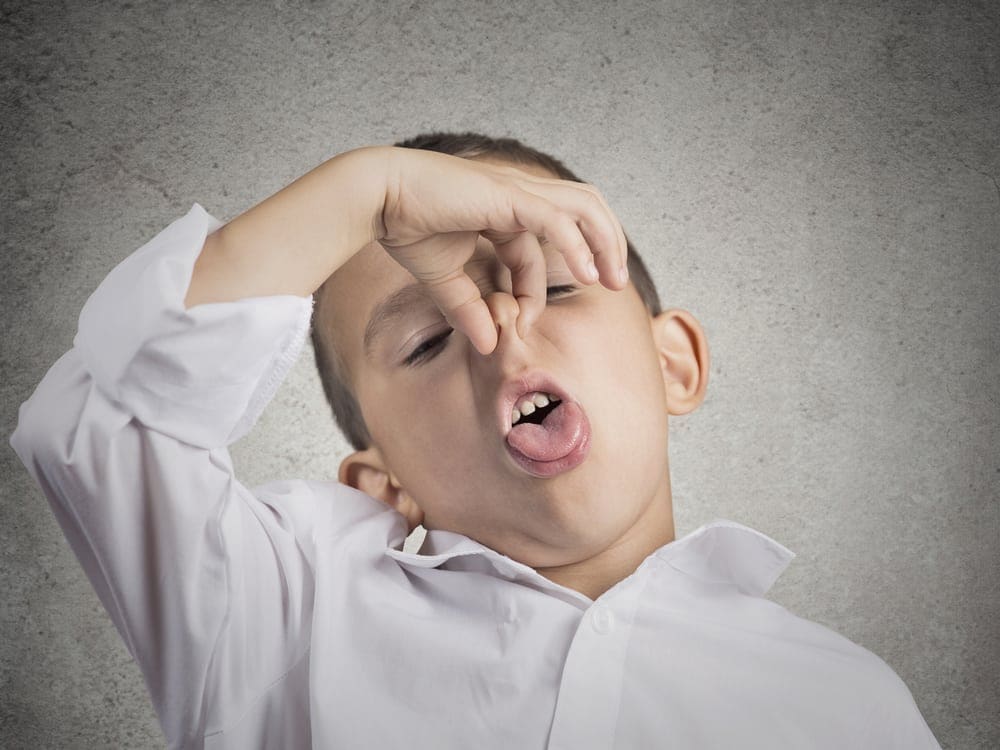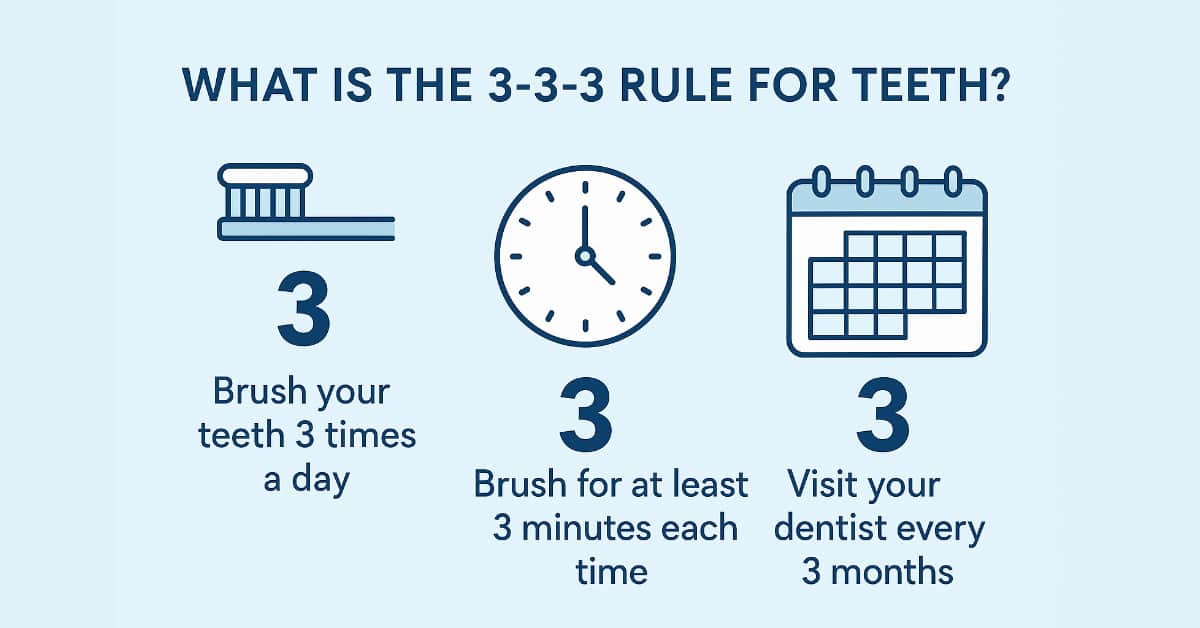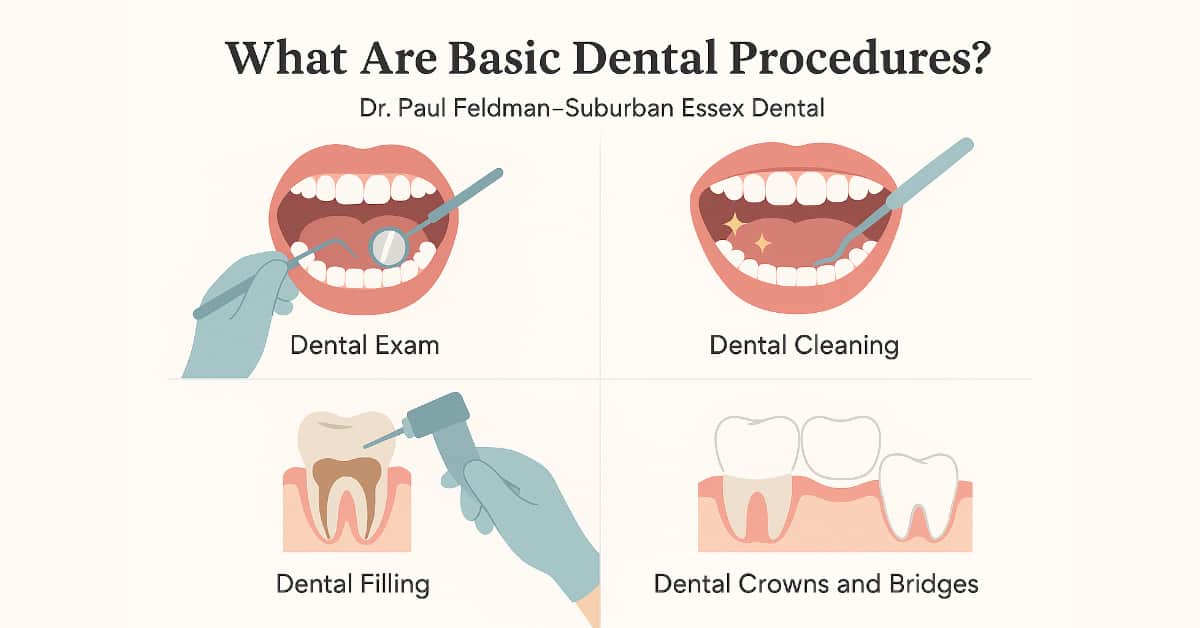Causes of Your Child’s Bad Breath?
As you lean in to give your child a goodnight hug and kiss, you are shocked by the stench seeping out of his mouth. Didn’t he just brush his teeth? What could be the cause of such a big odor coming from such a tiny body? The truth is that chronic bad breath among children could be caused by a number of factors, and identifying which one is affecting your child is the first step in finding an effective treatment.
Reasons for Your Child’s Bad Breath
Poor Oral Hygiene
Children don’t appreciate the importance of good oral hygiene, and they require a lot of direction from their parents. If you notice that your child has consistently bad breath, the first thing you should investigate is whether he is brushing and flossing regularly. Kids should brush twice daily using a pea-sized amount of fluoridated toothpaste. Daily flossing and regular visits with the dentist are also required to keep their teeth in optimal health.
Foreign Objects in the Nose
For many kids, simply adjusting their oral hygiene routine and providing more guidance during brushing is enough to cure chronic bad breath. However, if your child seems to be brushing and flossing properly but there is still a pungent odor coming from his mouth, you may need to consider other options.
One such possibility is that he has a foreign object in his nose. Children are curious by nature, and most have put a foreign object up into their noses at least once. Unfortunately, if they aren’t removed right away, these objects could become trapped in the nasal passage. This can lead to an awful smell, especially if the object is a food item like a pea or kernel of corn. If you suspect that a lodged foreign object is the source of the smell, you should contact his pediatrician or dentist immediately.

Cavities
An untreated cavity might also be the cause of your child’s bad breath, otherwise known as halitosis. When food residue builds up on the gums, teeth, and tongue, bacteria in the mouth feed on them and start to produce acids. These acids break down the tooth enamel, and with time, decay will occur. The presence of decay and bacteria changes the overall climate of the mouth, and the result could be bad breath. Fortunately, treating the cavity often eliminates bad breath, as well.
Sinus Infections
Has your child been sick recently? If he has suffered from cold-like symptoms, he could be battling a sinus infection. When the sinuses become infected, fluid builds up in the nasal passages and throat. Unfortunately, this is an ideal environment for bacteria to colonize and grow, and those bacteria could be the cause of your child’s bad breath. If your child has experienced a sore throat, stuffy nose, and head congestion prior to experiencing bad breath, a trip to the pediatrician might be required
Dry Mouth
A major cause of bad breath among adults, dry mouth can also affect children. Dry mouth among children is most commonly due to mouth breathing as a result of an illness or a sleep habit. With dry mouth, the oral environment literally dries out, reducing the amount of saliva produced. Saliva serves a vital role in keeping the teeth clean by washing away bacteria and food particles. If your child’s mouth does not produce the necessary amount of saliva, bad breath might occur, and his risk of developing tooth decay and gingivitis will also increase.
Childhood halitosis (child’s bad breath) has many causes, so it is important that you investigate the reason for your child’s bad breath. By identifying the source of the problem, you’ll be one step closer to finding a solution.
At Suburban Essex Dental located in West Orange, NJ we provide complete and thorough pediatric dentistry. We know quite well that a dentist can be a bit scary for some children. This is why it is our primary concern to make all of our young patients as comfortable as possible.
Contact us today and let us help your child smile and speak with total confidence and not have to worry about their bad breath.





